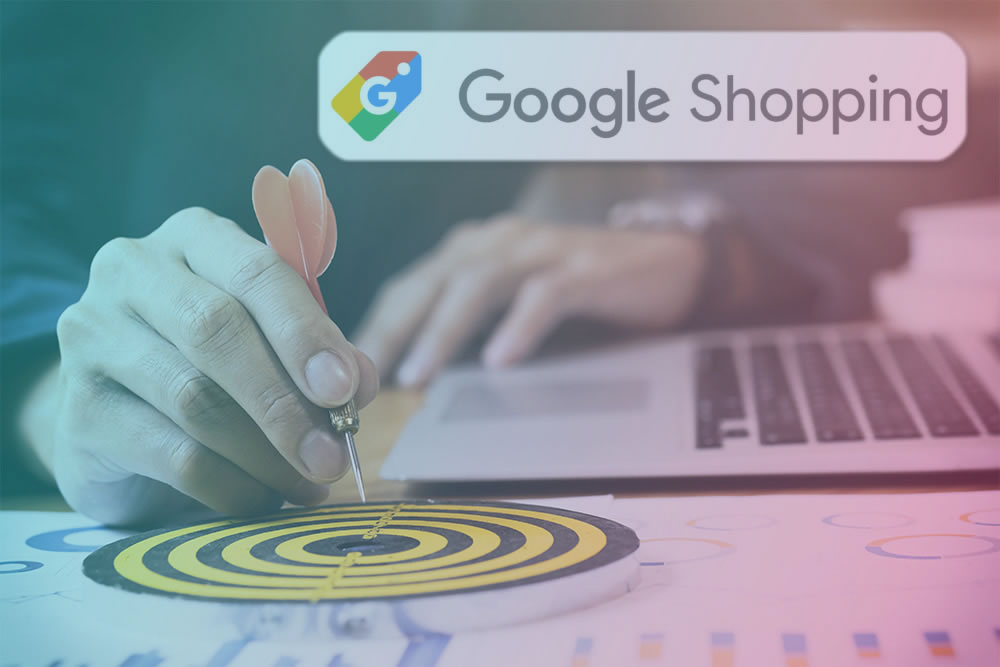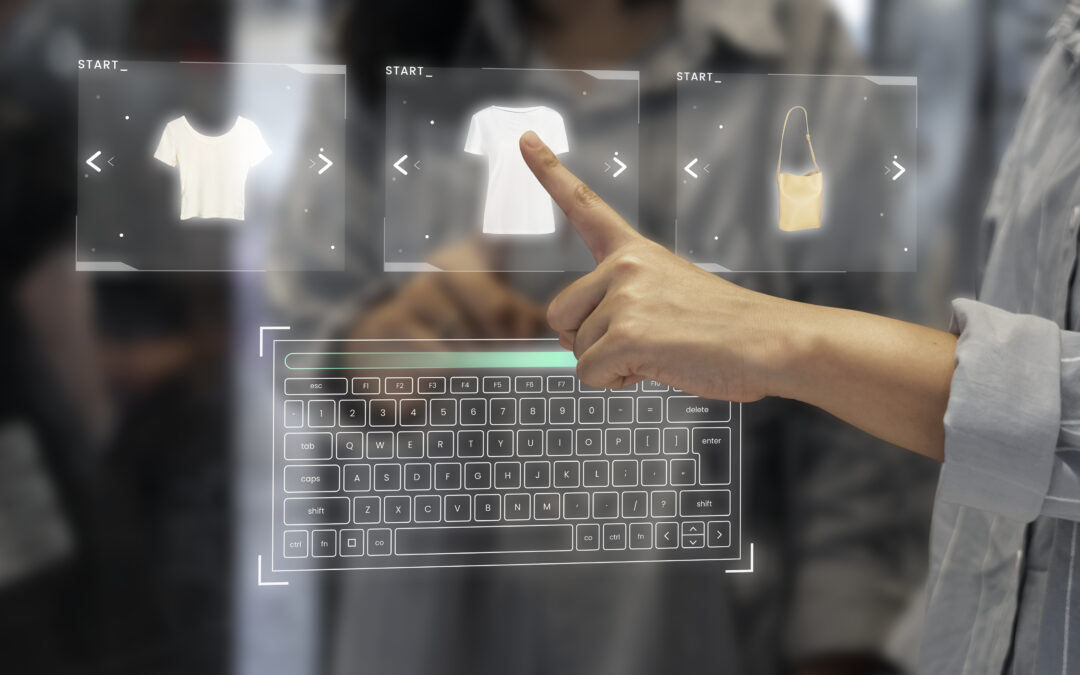Automats. Whenever we hear this word, it always sounds like science fiction, like a Steven Spielberg film, like a distant future 30 years from now…
But then, day after day, we hear news that Tesla this year is going to reach SAE 4 autonomy level (without driver supervision), Amazon is efficiently managing its warehouse with robots or that Alphabet is fully involved in home automation with Google Home. Then you stop to think about it and realise that it may be 30 years from now when it will reach its maximum level of integration, but it is now that society is undergoing a disruptive shift towards automation based on artificial intelligence.
Suddenly you realise that in 2 or 3 years you may come across someone answering a couple of emails on their laptop as their car drives them to their destination. Or that maybe in 5 years the latest smartphone you ordered from Amazon will not only be delivered to your doorstep by a drone, but that the entire purchase process will be completely unmanned.
But the most curious thing of all is that you realise that something that may at first seem to you to be just an alternative, you know will become a staple in your life. Automation is no longer an option but a necessity.
At Boardfy we have realised that this change is also taking place in the ecommerce sector. That’s why we have developed Dynamic Pricing and we keep working every day to improve it.
We know we have made the right decision because the results of our customers corroborate it. But in case you still have any doubts that automation is the key, let’s take a look at what automatic pricing can bring to your business and your sales.
Why automate pricing?

The answer to this question is simpler than it may seem at first, but let’s discover it little by little.
If there is one thing there is no surplus in the world of ecommerce, it is two things: time and money. In every e-shop there is always an activity that involves a huge expenditure of both resources. We are talking about manual pricing.
Think about how much time and money it takes or would take you to check all the marketplaces where you offer your products, every product you sell, against which competitors, at what price and all this with a relatively high frequency. Then you have to organise all the data obtained, analyse the information, make a decision and execute the pricing on each marketplace and for each item.
The answer to this question is somewhere between very expensive and impossible.
This means that either you invest a fortune to be able to make a quality pricing or you simply cannot afford it, and you will make a pricing with many serious shortcomings. This is where what seemed optional, such as using an automatic pricing system, becomes necessary.
For a hundredth of the investment it would take to manually run such a pricing system, you can control your entire catalogue in the marketplace of your choice. Each item you enter will be tracked and presented on a platform that will tell you where your pricing stands in relation to that of your competitors both for each individual product and for your catalogue as a whole.

You will also know what the price progression has been during the week, what storage conditions your competitors have or which ones are entering the scene for the first time. On the other hand, the ease with which you can make decisions based on previous structures of the catalogue comes into play. It is priceless that a system can tell you in which products you have no competition or in which you are losing money.
But the real advantage of all this is not the raw information, but the automation of all the processes that go from the collection of data, the treatment of this information, the previous filtering to facilitate the decision making and the automatic execution of the actions. To make it easier to visualise, let’s take an example: imagine that your catalogue of 5000 products on Amazon and the costs of these products are integrated with the system, which reads them periodically and structures them in an easy-to-use platform.
In addition, the platform tells you which products you are currently competitive in or may be competitive in the future and allows you to create automatic pricing rules under the parameters you deem appropriate. Sounds good, doesn’t it?
In short, automated pricing saves time and money, improves the quality of the data obtained and speeds up decision making as well as the execution of relevant actions.
The strategies

Now that you’ve got an idea of what automated pricing for ecommerce is all about, it’s time to see how far you can go.
Once the costs are entered, each product has its profit margin calculated and the system has made its recommendations, it’s time to decide what pricing rules to set. The possibilities are practically endless but there are three main objectives that define the strategies of most ecommerce:
Negative margin
Surprisingly enough, most ecommerce companies discover that they have a few products with a negative margin the first time they integrate costs and they were not aware of it. For these cases, a rule is usually created that takes all products with a profit margin of less than zero euros and raises the price to place them in profit.
The interesting part is that you will never have to worry about incurring losses again. Every new product that the platform detects with a negative margin will automatically be corrected.
Reaching the top position
Price has been, is and always will be a crucial factor in consumer purchasing. It is therefore vital to try to offer the most competitive price as long as our profit margin allows us to do so.
This type of rule usually includes a minimum margin of safety. In other words, we determine the minimum margin that we are willing to accept when lowering the price. If the best price we can offer means that we are left with a lower margin than the one we have chosen, the price change will not be made.
Winning the BuyBox
Offering the best price is very important when it comes to getting sales, but on Amazon another factor comes into play: the BuyBox.
That you have the BuyBox for a product is an unbeatable opportunity to increase your sales significantly. That is why it is a highly sought-after position for most sellers.
Obtaining the BuyBox depends on three factors: the price, the delivery time and the valuation as a seller. In most cases, if you are placed as the best bid price, the BuyBox is automatically assigned to you, but sometimes it is not necessary. Also, in certain circumstances, it may happen that the seller with the best price is not assigned the Buybox because of the ratings or delivery time. This is where automation comes into play again.
Imagine that for a certain product you can’t get the best price because your profit margin is not enough. On the other hand, the seller with the best price has not been assigned the BuyBox. What if you were placed second and you were assigned to you? Well, it is possible. We simply create an automatic rule that includes all those products where it is not possible to offer a better price. Then we will make gradual decreases in the amount of the item up to a profit margin limit that we set.
Two things can happen here: we lower the price to that limit and nothing happens or we lower the price and get the BuyBox despite not being the most competitive. This is the way in which many of our customers manage to put in motion items that initially had no rotation.
We have given you a brief overview of what pricing automation can do for you. But as they say “a fact is worth a thousand words”, so we invite you to try it out for yourself at any time.
We assure you that you won’t be able to live without it afterwards!








